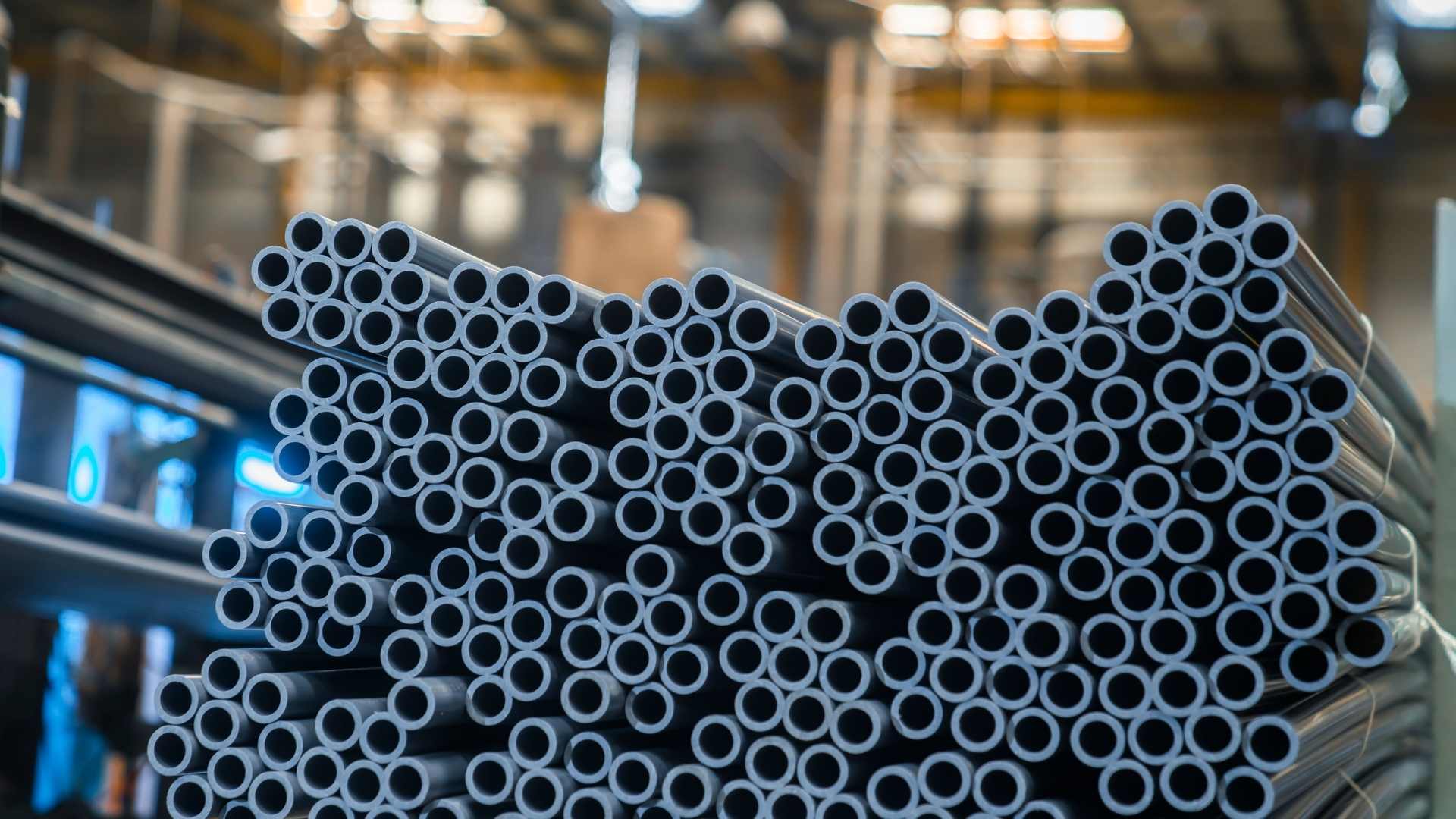How to Get a Building Permit in the Philippines?
A Building Permit is the formal approval of building plans by the designated government agency as meeting the requirements of prescribed codes. It is an authorization to proceed with the construction or reconfiguration of a specific structure at a particular site, in accordance with the approved drawings and specifications.
Sooner or later most of us will plan to put up an establishment—it could be a house, warehouse, factory, hotels, firms, or any type of buildings. These buildings are commonly used for business purposes and other legal activities, so having a permit is essential. And securing a building permit is one of the challenges that most homeowners or home renovators in the Philippines.
Who is Required to Secure a Building Permit?
Individuals, firms, or corporations who would love to operate construction works on a particular property should get the authorization of the appropriate LGU for a building permit. This consists of those who are looking out to construct, alter, renovate, or demolish a property.
Why Secure a Building Permit?
In the Philippines, disasters often occur. It often experiences earthquakes. This 2019, a series of earthquakes took place in various islands of the country. Therefore, having a building permit is important to ensure the safety of everyone from this kind of tragedy. Here are some statements from Engr. Nazita Bañez, head of the City Buildings and Architecture Office (CBAO) in Baguio City, in her interview with the Philippine News Agency about the importance of building permits:
“The building permit will assure that the structure built is designed to withstand natural calamities, and the materials used are within the specifications of the design and requirements of law.”
“...We can only assure the stability of the buildings if they have building permits.”
“We should always be prepared for whatever calamity that will strike us, that is a natural force of nature, and one precautionary action is to have your building be evaluated by the CBAO by securing a building and occupancy permit.”
“...the government cannot assure the safety of the buildings without building permits, but those with building permits have a greater chance to withstand.”
Building Permits are not just an ordinary requirement but it serves as an assurance for everyone’s safety and protection. The following are codes that would encourage owners, architects, and engineers to comply with the requirements in securing building permits:
National Building Code of the Philippines (PD 1096) It sets the minimum standards for the construction of an improvement. Such as the materials used, its location, size, installations, and Design.
Fire Code of the Philippines (RA 9514) It is the policy of the State to make sure public safety, promotes financial improvement through the prevention and suppression of all kinds, of destructive fires, and promote the professionalization of the fire carrier as a profession. Towards this end, the State shall implement all laws, rules, and regulations to make sure adherence to general fire prevention and protection measures, and promote accountability in the fire protection and prevention service.
Accessibility Law (BP 344) In order to push the realization of the rights of disabled persons to participate absolutely within the social life and also the development of the societies in which they live and the enjoyment of the opportunities out there to different citizens, no license or permit for the construction, repair or renovation of public and personal buildings for public use.
What are the Requirements for Securing a License in the Philippines
The following are the necessary requirements needed to obtain a building permit in conformance with the National Building Code of the Philippines or the Presidential Decree No. 1096:
- Appropriately filled-up application forms duly signed and sealed by engineers:
- 5 copies of Building Permit Forms
- 3 copies of Electrical Permit Forms
- 3 copies of Sanitary Permit Forms
- If you are the lot owner and the applicant at the same time, you will also need to submit:
- Tax Declaration
- Five (5) Certified Copy of Original Certificate of Title (OCT) Transfer Certificate of Title (TCT)
- 5 copies of Current Real Property Tax Receipt
- If you are not the owner of the lot you will instead need to submit five (5) complete sets of Detailed Plans and duly notarized 5 copies of any of the following:
- Contract of Lease
- Contract of Sales
- Lot owner’s Affidavit of Consent
- Deed of Absolute Sale
- When constructing a two-story building, take note of this additional requirement:
- Structural Design Analysis (signed by Civil Engineer at every page)
- For the construction of more than two-story building, submit the following:
- Boring and Plate Load Test
- Seismic Analysis
- Permit Billboard ( made of 0.60 x 0.90 plywood)
- 5 copies Bill and Materials and Specifications signed and sealed by the engineer
- Locational Clearance
- DOLE Clearance
- Clearance from the DPWH if the construction is located along National Highway
- Photocopy of the PTR # and PRC license of all concerned engineers and architects
Steps in Securing a Building Permit
Step 1 - Get a Requirements-Checklist and application types from your municipal office (Office of the Building Official).
Step 2 - Go to the Office of the Building Official and submit the papers. They will inform you then the place to go next, in this case, Assessor’s Office. If you’re in the city hall, they commonly have windows where you have to submit every folder of every set of forms. But in the provinces, every part is commonly close to every different if not on the same unit.
Step 3 - You may be issued Acknowledgement Slip that bears the date of the standing of your application. It’s typically around 10 operating days.
Step 4 - If your application is approved and is compliant with the National building code, you’ll tend an Order of Payment to pay the required license fees.
Step 5 - Present the Order of Payment at the Treasurer’s office and pay the fees. Fees vary from P6,000 and higher than depending on your construction size, municipality location, and also the assessment set up. Costs within the provinces are typically cheaper than in the cities.
Step 6 - Photocopy the OR (Official Receipt) and produce a duplicate to the office of the Building Official releasing section.
Step 7 - After 5 operating days, return to the release section of the office of the Building Official and claim your building permit.
The construction of your building or property should follow the regulations which are required by the law. It will aid the value of the property and help you save money because building an establishment without a permit can multiply fees.
If you decide to sell your property, selling it would be a lot easier as long as it follows the provisions of the code and ensures the quality of your property. If your building has some revisions, it significantly affects its value, on the other hand, a building without a permit will cancel the revision and do the expensive repairs. It will also dismiss the construction of your property.
The government authority or official may order the suspension or revocation of building permits if there are errors found in the plans and specifications; if the data or information is incorrect or inaccurate, and if it is contrary to the provisions of the Presidential Decree No. 1906 or any rules or regulations. So better make sure that the information you would be used in getting a permit isn’t at fault. But why is it necessary to suspend a permit in those situations?—to avoid danger and accidents.
Obtaining a building permit is a tiring task to do. It can also be time-consuming, but it is also a great accomplishment. Even if you get frustrated in the process of securing a building permit—acquiring it will assure the quality and safety of your dream establishment; your property will be legalized in the country, and you will be trusted by people.





